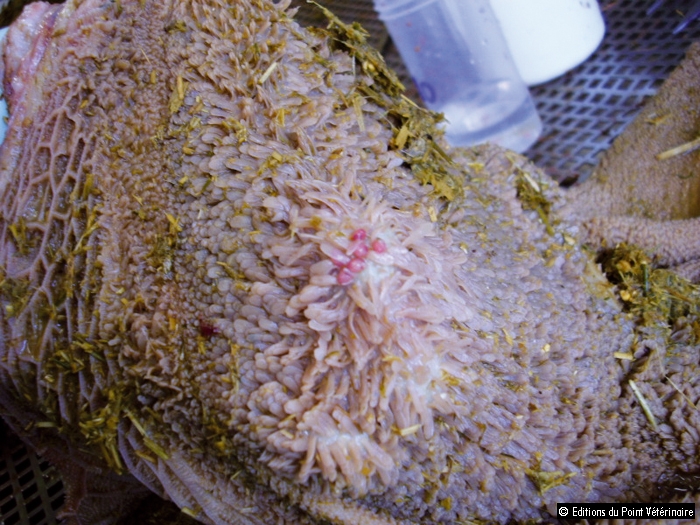
Infected rams can spread the disease venereally. Most infected animals mount an immune response to the organism and only abort once, but remain carriers and periodically shed the organism. The organism is spread through contact with aborted tissues, fluids and dead fetuses as well as the feces and respiratory discharges of infected carriers. Adult dams do not show any signs of illness before aborting. Lambs that live may appear healthy or they may show signs of pneumonia. This bacteria causes weak lambs, stillbirths and high rates of late-term abortions, especially in first-time dams. Enzootic AbortionĮnzootic abortion is caused by a pathogen called Chlamydophila abortus (Chlamydia psittaci serotype 1). Do not consume unpasteurized dairy products. Wear protective clothing and gloves and dispose of contaminated materials and bedding carefully wash hands thoroughly. Many of these diseases are transmissible to humans (particularly pregnant women), so precautions should be taken when handling animals, especially those that are giving birth and/or appear ill. There are many potential causes of abortions in small ruminants, but infectious diseases are the main culprits. Stillbirths can be caused by near-term situations such as ketosis, milk fever, selenium deficiency and dystocia or several infectious causes. Stillbirths are deliveries of dead fetuses that are old enough to have survived had something untoward not happened to prevent them from taking their first breath. Most mid- and late-term fetal deaths partially decompose and are expelled from the dam before the date of fetal viability the placenta is often retained in these cases, which can lead to uterine infections. The dead mummy can be “born” along with live siblings at the normal labor time or it can be retained as a singleton in the uterus indefinitely as long as no infection ensues such an animal will appear to be in a non-advancing pregnancy and will not come into heat again unless treated to expel the mummy. If the fetus dies in mid or late gestation, sometimes the fluids are resorbed and a mummy results.

StillbirthĪbortions early in gestation are termed “early embryonic death” (EED) and manifest themselves as irregular or repeated heat cycles no conceptus or discharge is usually noted from the dam, who resorbs the embryo and fluids. Genetic defects, stress, weather flukes and nutritional mishaps will always conspire to make a few animals miscarry, but several management and infectious causes can result in huge abortion wrecks.



Losses of 1 to 5% annually can be normal in a given herd careful record keeping and analysis will indicate a problem is at hand while there still may be time to intervene. BackgroundĮxcellent records will facilitate recognition and diagnosis of abortions. This article will focus on the most common causes of miscarriages in sheep and goats. there are many potential causes of fetal loss in livestock species. Infectious, nutritional, toxic, environmental, genetic.


 0 kommentar(er)
0 kommentar(er)
